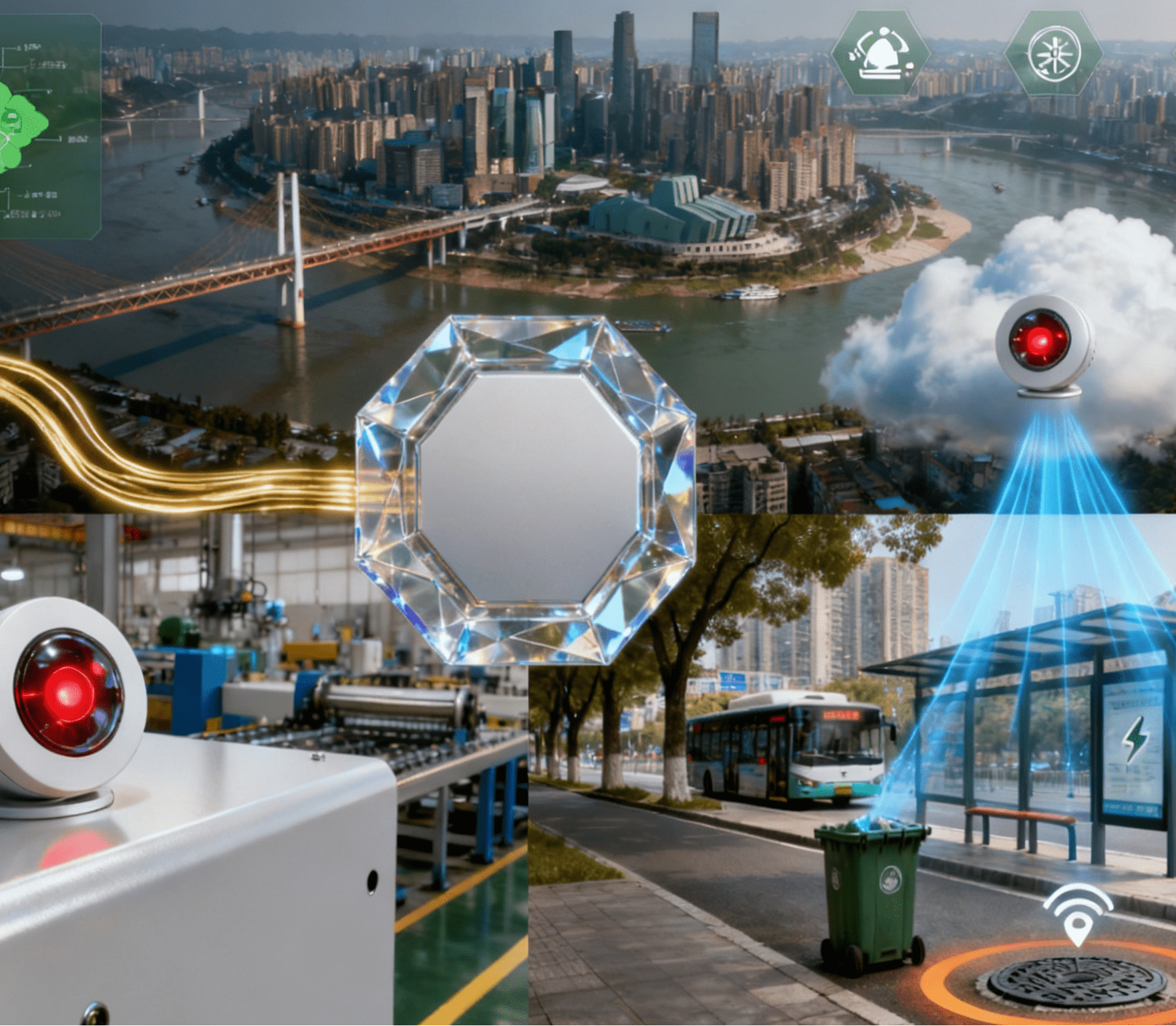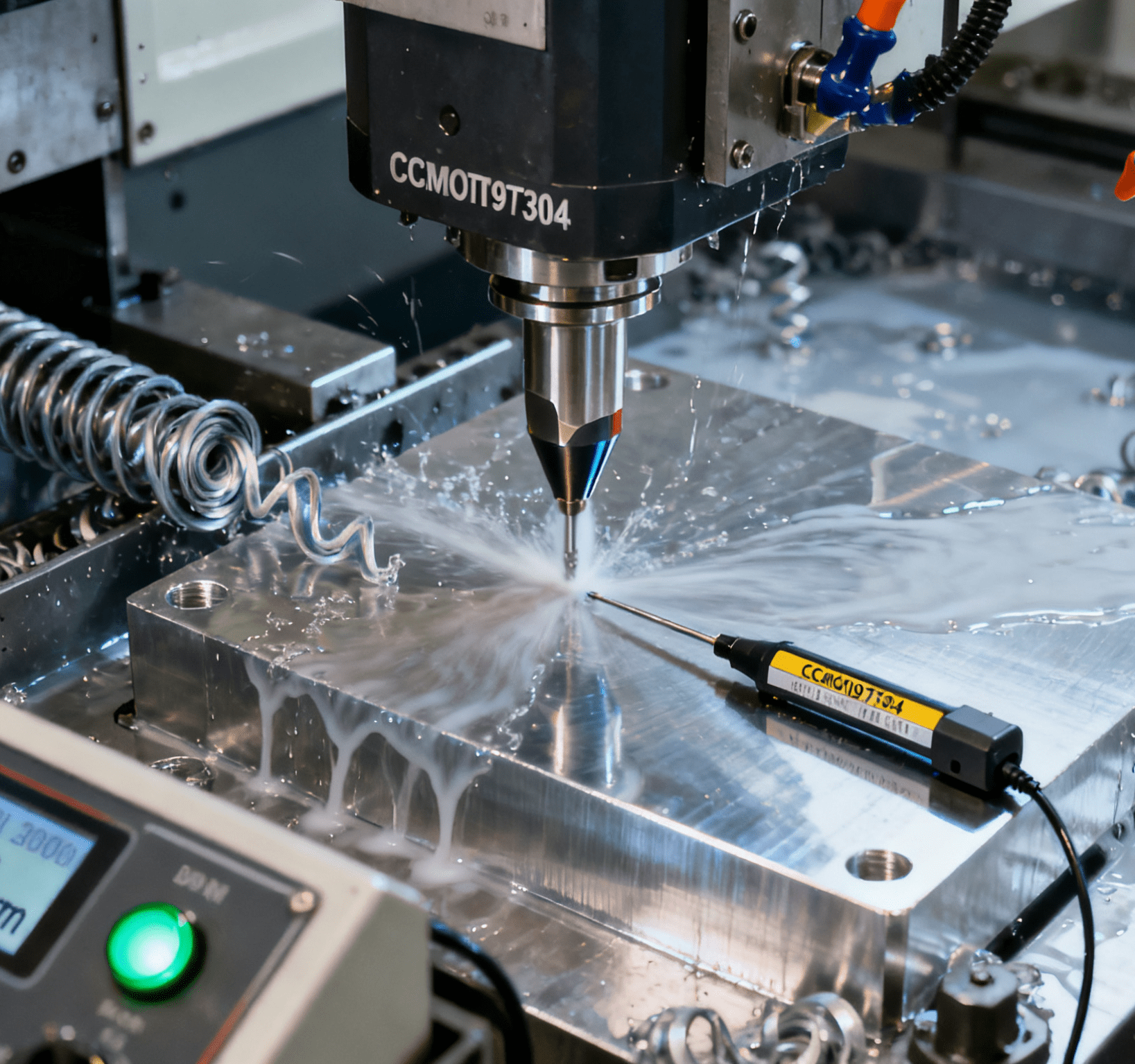Amazon Pioneers Humanoid Robots: A Leap Toward Intelligent Automation in Last-Mile Delivery

As a global leader in industrial automation and automation equipment, Amazon is once again pushing the boundaries of innovation—this time by testing humanoid robots for package deliveries. The e-commerce giant’s latest initiative highlights how intelligent automation is transcending warehouse walls to revolutionize the final frontier of logistics: the last mile.
While Amazon has long dominated warehouse automation with technologies like Kiva robots, this new venture marks a bold shift. Humanoid robots, designed to navigate stairs, doorsteps, and unpredictable urban environments, could address the inefficiencies of traditional delivery models. Unlike fixed automation equipment, these robots offer mobility and adaptability, mirroring the agility of human workers but with 24/7 operational potential.
The Promise and Challenges of Autonomous Delivery
The move aligns with Amazon’s broader strategy to integrate AI and robotics across its supply chain. In warehouses, industrial automation systems already optimize picking and packing; now, humanoid robots aim to extend this efficiency to delivery. For example, a two-legged robot could carry packages up apartment stairs—a task that has defied traditional wheeled or tracked robots. This flexibility could reduce reliance on human drivers, cut delivery costs, and speed up service in hard-to-reach areas.
However, challenges remain. Humanoid robotics is still in its infancy. Balancing on two legs, interacting with customers, and adapting to weather conditions (rain, snow, etc.) are technical hurdles. Additionally, public acceptance of robots at the door—and regulatory frameworks for their operation—pose non-technical challenges. Amazon’s testing phase will be critical to ironing out these kinks, much like how the company refined its automation equipment in warehouses through iterative trials.
Implications for the Future of Work and Automation
Critics warn that widespread adoption could disrupt delivery jobs, echoing past debates about industrial automation in manufacturing. Yet Amazon emphasizes that robots would complement, not replace, human workers, who would focus on higher-value tasks like complex problem-solving or customer service. This mirrors the company’s approach to warehouse automation, where automation equipment has enhanced productivity while creating new roles in maintenance and robotics management.
Moreover, the initiative underscores the convergence of intelligent automation with everyday life. If successful, humanoid robots could redefine not just Amazon’s logistics but the entire delivery industry, from groceries to pharmaceuticals. Cities might adapt infrastructure for robot-friendly pathways, while policymakers grapple with liability and safety standards.
Conclusion: A Glimpse into Automation’s Next Frontier
Amazon’s foray into humanoid robots is more than a tech experiment; it’s a statement about the future of intelligent automation. By extending automation from factories to front doors, the company is betting that mobility and adaptability will be as crucial to tomorrow’s logistics as efficiency was to yesterday’s industrial automation.
While challenges like technical feasibility and public trust remain, the project highlights how automation equipment is evolving from static machines to dynamic, AI-driven collaborators. As Amazon’s robots take their first steps into the real world, they carry with them the promise—and scrutiny—of a future where every link in the supply chain, from warehouse to doorstep, is powered by intelligent innovation.
The era of the delivery robot may still be in its infancy, but Amazon’s gamble suggests that in the world of automation, the future is walking closer than we think.




















